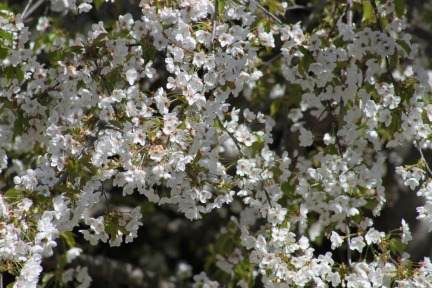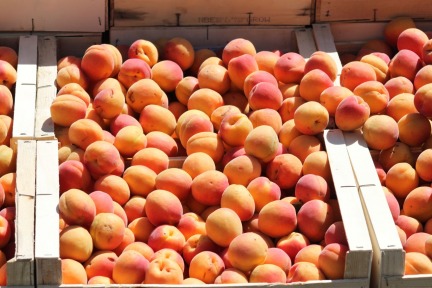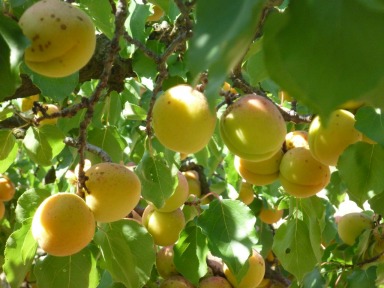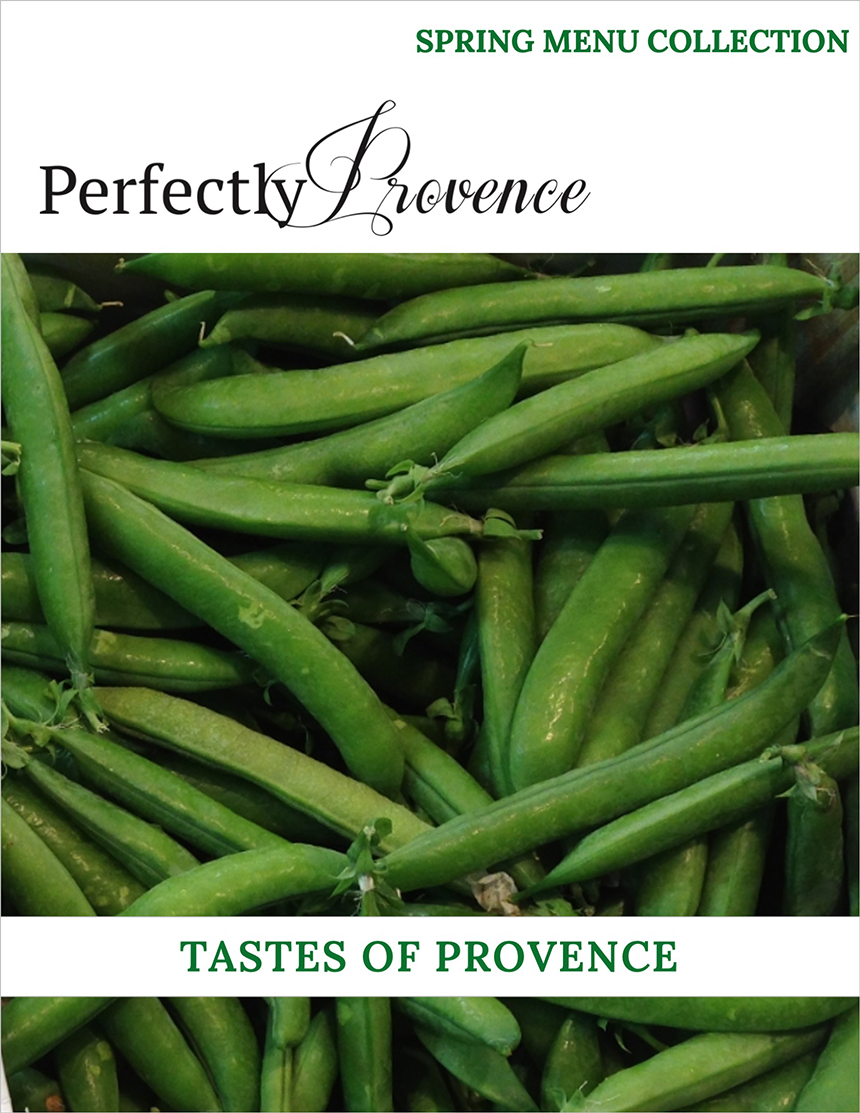Calisson is a specialty candy from Aix en Provence made with almonds. There are several versions of the story surrounding how, and when this sweet treat was first made.
The French are certain the invention was theirs. It may have been as early as 1473 in honour of the King, Roi René’s second wedding, or later on as production, trade and development expanded. The first story involves a bride who was to be queen. She appeared dour, possibly unhappy with her lot in life. The tale whether true, or not, is that she smiled when she tasted candies.
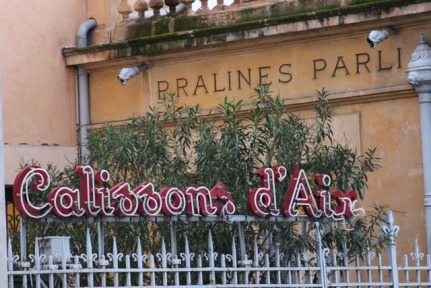

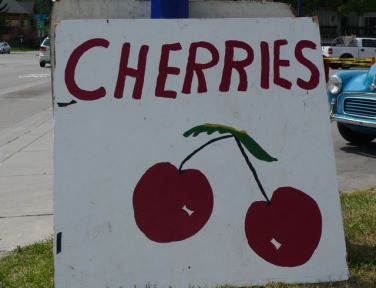 The cherry is a stone fruit within the Prunus species, related to plums and apricots. As a fruit, the cherry has been consumed for millenniums, with references even in Roman times. There are numerous varieties of cherries globally. However, the most commonly known strains in North America are the wild cherry (or sweet cherry) and the sour cherry. The red pigment in cherries is called anthocyanin, and it has been shown to provide some pain relief and reduce inflammation.
The cherry is a stone fruit within the Prunus species, related to plums and apricots. As a fruit, the cherry has been consumed for millenniums, with references even in Roman times. There are numerous varieties of cherries globally. However, the most commonly known strains in North America are the wild cherry (or sweet cherry) and the sour cherry. The red pigment in cherries is called anthocyanin, and it has been shown to provide some pain relief and reduce inflammation.